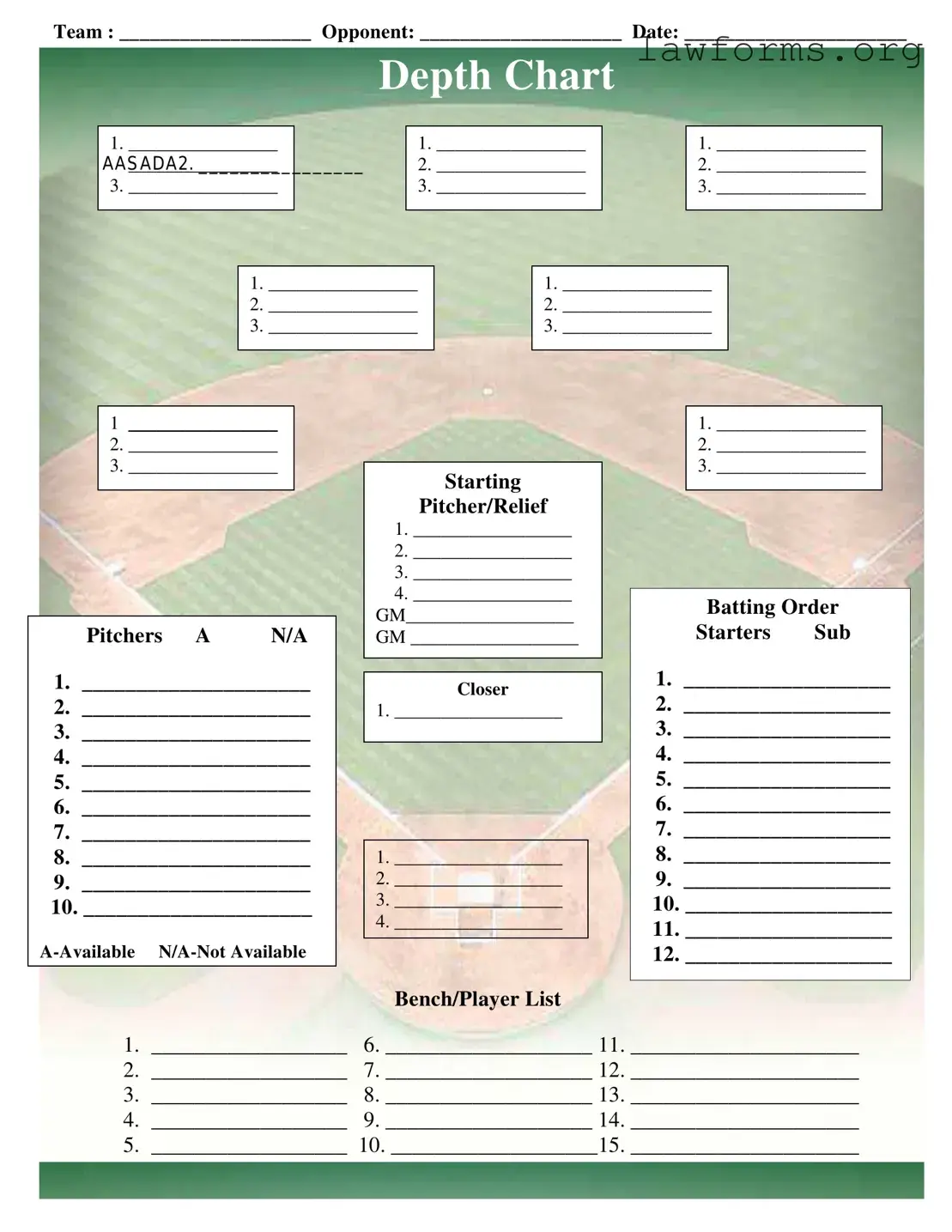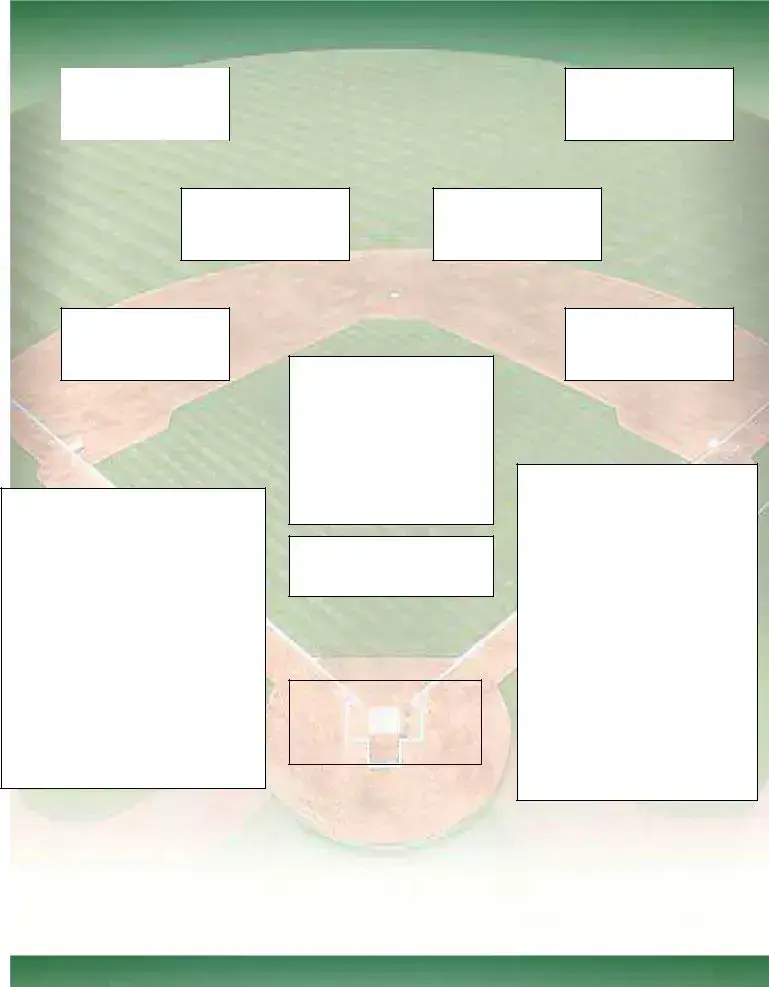Fill Out a Valid Baseball Field Lineup Template
The Baseball Field Lineup form is a crucial document used by coaches to organize their team's players for a game. It includes sections for the team's name, opponent, date, and detailed player positions, ensuring everyone knows their role. To streamline your game preparation, fill out the form by clicking the button below.
Customize Document Online

